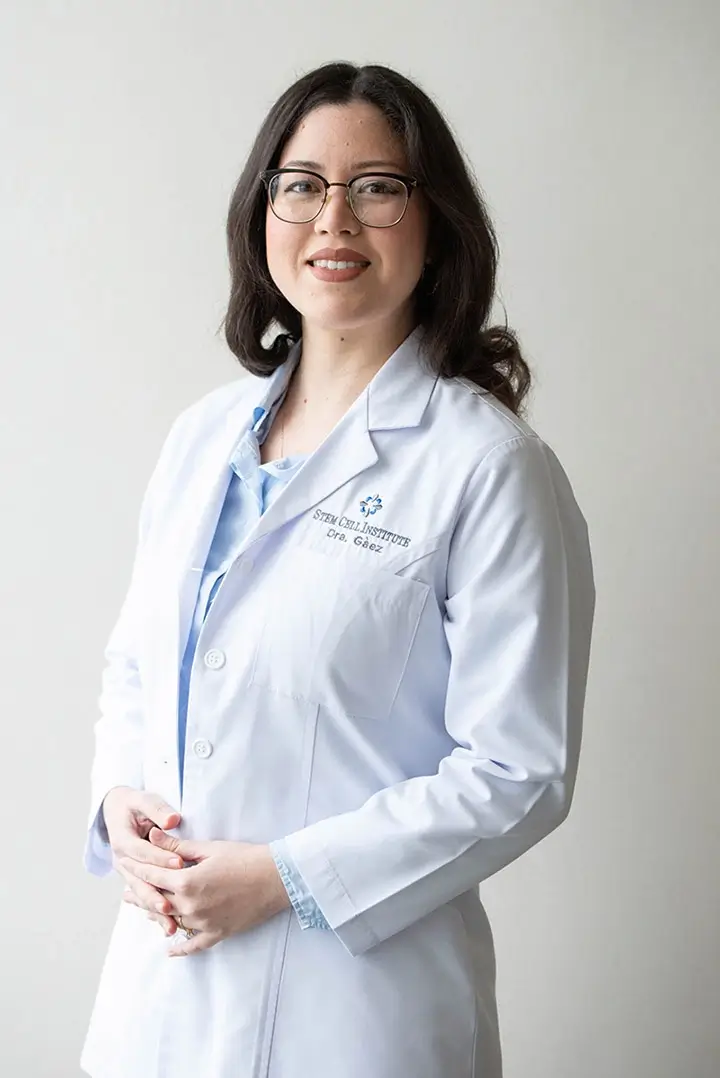Leaving him hobbled and unable to work for nearly three years, Perry Anderson’s spine injury has changed the man’s life considerably. But stem cells are now being implanted into his spine and may work wonders in repairing his spine from a surgery that failed the first time.
The stem cells being used are not from human embryos. They come from bone marrow, and they not only have the potential to heal Perry’s spine, but the same type of cells allow diabetics to continue producing insulin, end the suffering caused be inflammatory bowel disease, and help heart attack patients heal.
Bone marrow stem cells, harvested both from cadavers and from live donors, are being developed for use against a range of illnesses. This is all while the ethical debate rages over the use of stem cells taken from discarded human embryos.
To control diseases caused by the sometimes harmful effects of the body’s own immune system these cells are proving useful in experimental drug therapies and have exhibited a remarkable ability to form fat, cartilage, ligaments, bone and tendons.
An adult stem cell-based drug is being tested at UC Davis by stem cell scientist Jan Nolta. She will be treating patients with Crohn’s, a chronic and painful bowel disease. Also using the cells in spine surgery, is the Sacramento based Dr. Pasquale Montesano.
Found in the tissue tucked inside the bone cavity are MSC’s, or mesenchymal stem cells.
Kept frozen, MSC’s can be stored for up to five years. But they must be used within 48 hours once removed in order to remain viable.
Anderson’s stem cells arrived in a tiny jar carefully packed in dry ice and stored in a foam cooler on Thursday in the operating room at Sutter Memorial Hospital in Sacramento.
Back in 2004, Anderson fell from a 6-foot ladder while he was painting. This resulted in an injured back. Searing headaches and pain were the symptoms of a bad disk pinching a nerve in his neck. In August of 2006, he had surgery to remove the damaged disk and fuse the vertebrae. But the procedure was not 100% successful.
“The headaches aren’t as bad, but my hands get numb, my arms are aching, I have lower back pain, anxiety attacks and depression,” Anderson, 42, said before his surgery Thursday. “I have worked since I was 17. Now I can’t do anything. I can’t mow the yard, I can’t go grocery shopping. It’s ridiculous.”
Careful to avoid Anderson’s carotid artery and spinal cord, Montesano first removed the scar tissue and bony fragments from between the damaged vertebrae.
He then took the crystal-like stem cell and packed them into a graft made from cadaver bone and shaped like a square nut from a hardware store. He tucked more cells around the graft after gently placing it into Anderson’s spine.
By screwing a small metal plate into his spine to anchor the bone in place while it heals, Montesano completed Anderson’s operation.
“Now we have to let Mother Nature take its course,” he said.
A handful of companies worldwide are currently taking mesenchymal stem cells from live donors in order to develop drugs. In Japan, researchers are studying the treatment of severe gum disease, England is working on multiple sclerosis, and in Iran, scientists are looking for a way to use MSC’s to treat cirrhosis.

